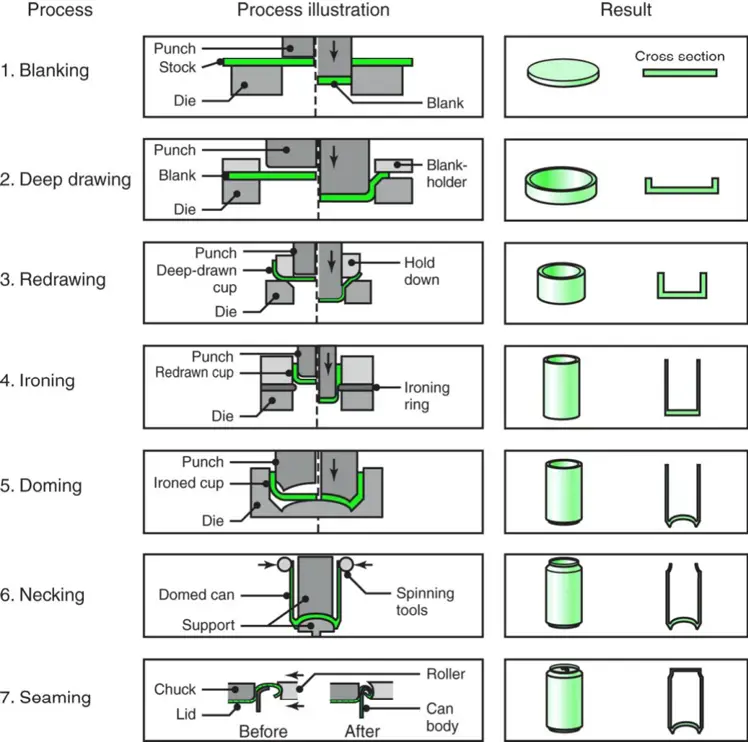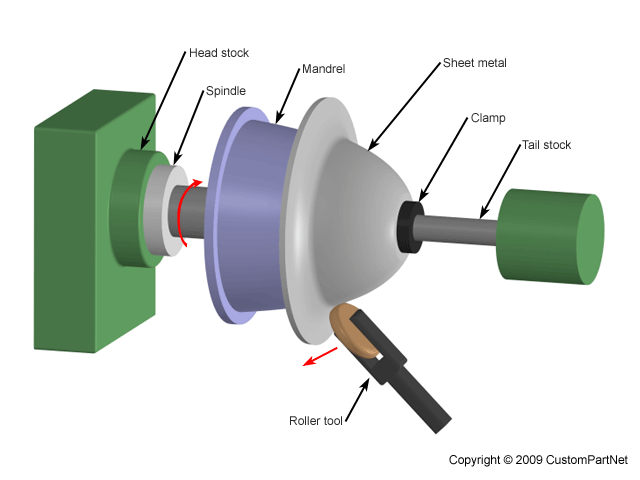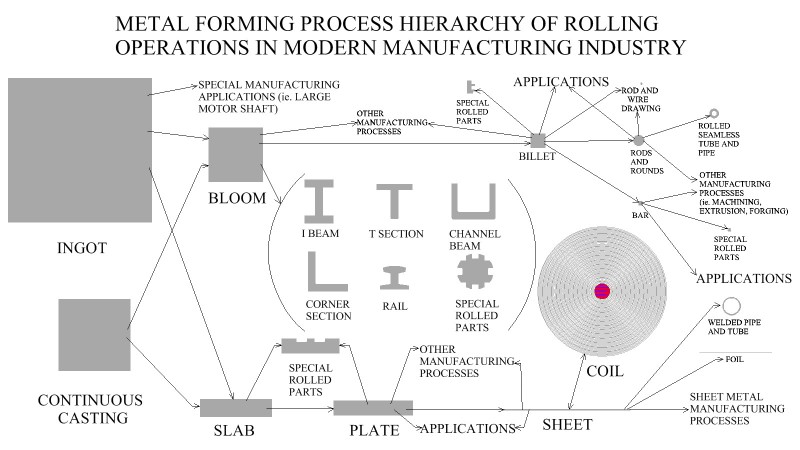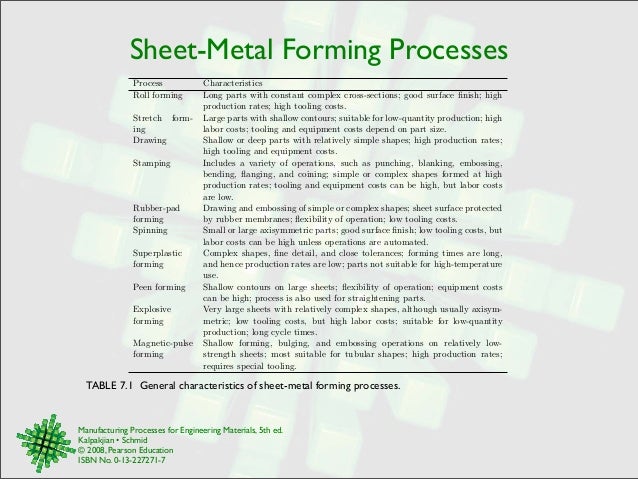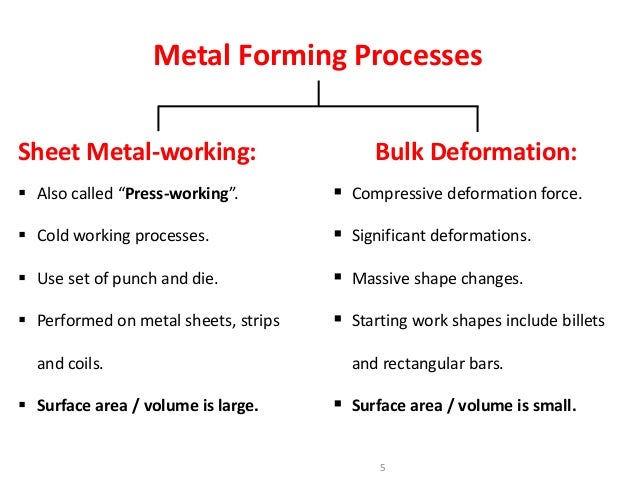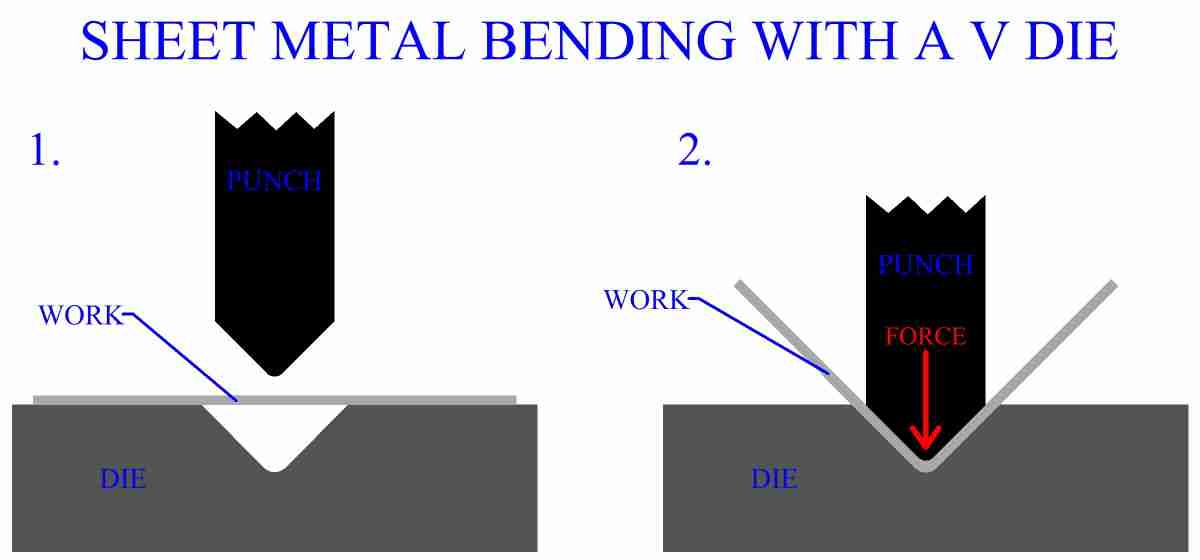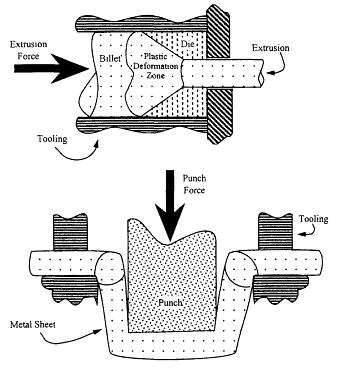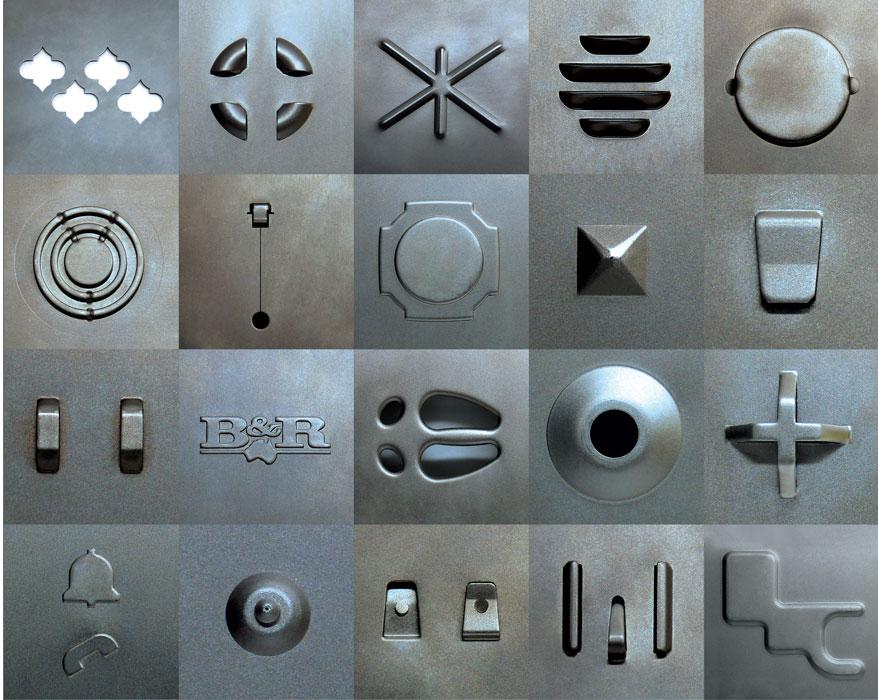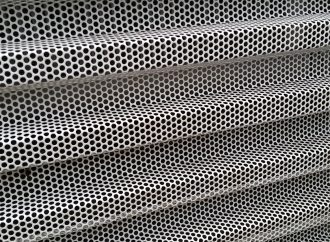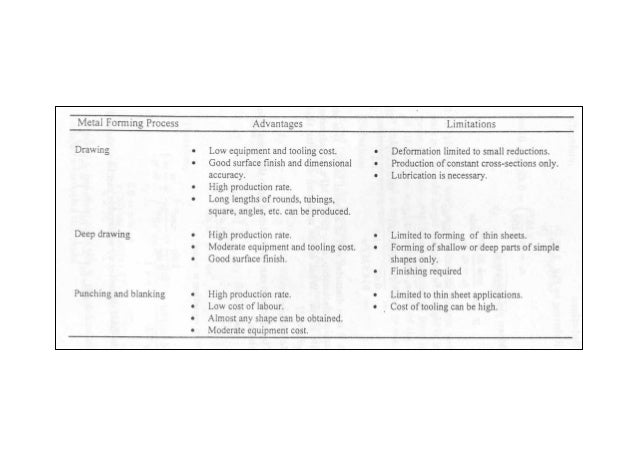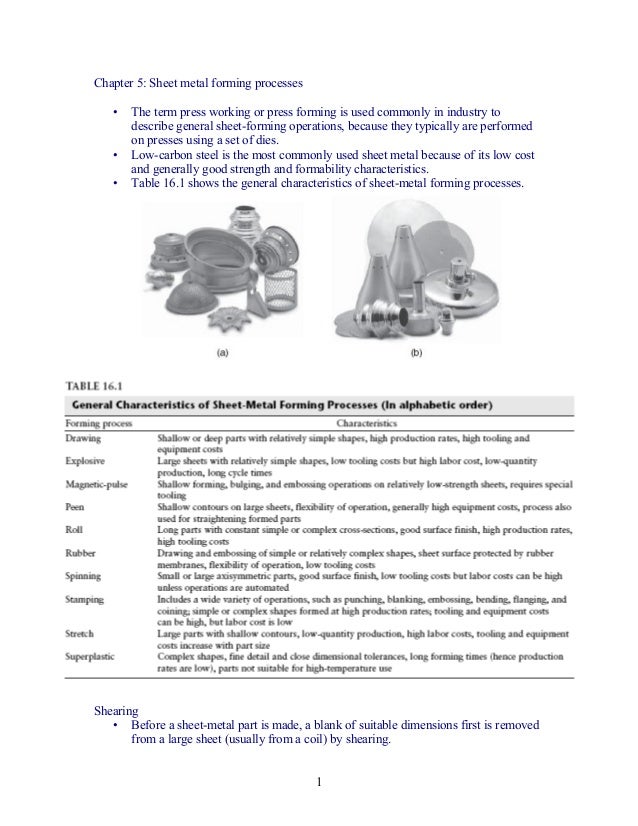Curling is a sheet metal forming process that s used to smooth out the otherwise sharp and rugged edges of sheet metal.
Sheet metal forming processes and applications.
Hot stamping is occasionally performed in order to increase formability and decrease forming loads on machinery.
9 4 types of metal forming operations.
When the metal is carefully pushed beyond its yield strength but not so far that it fails it can be formed into shapes ranging from a simple bend to complex geometries.
Individual chapters cover all major sheet forming processes such as blanking bending deep drawing and more.
The products and components created by the different metal shaping techniques are used in creating everything from scaffolding and heavy machinery to designing and creating microprocessors and artificial intelligence.
Classification or types of forming process in detail.
Metal forming processes are an essential part of our society and without them our society would come to a grinding halt.
Processes and applications vol.
To deformed the raw material.
Request pdf on aug 31 2012 taylan altan and others published sheet metal forming.
Its forming processes include bending rolling.
Typical materials in hot stamping operations are titanium alloys and various high strength steels.
Process modeling using finite element analysis is described in one chapter and discussed in all appropriate chapters.
This practical and comprehensive reference gives the latest developments on the design of sheet forming operations equipment tooling and process modeling.
In this process we apply stresses like tension compression shear etc.
Sheet metal often contains sharp edges with burrs after it s initially produced.
The three major categories of sheet metal processes are 1 cutting 2 bending and 3.
Other chapters cover sensors and die materials which are critical for practical sheet forming applications.
Sheet metal forming involves the use of force to deform metal without removing material.
Sheet forming fundamentals are thoroughly addressed in this comprehensive reference for the practical and efficient use of sheet forming technologies.
Curling is a forming process that involves de burring sheet metal to produce smooth edges.
Most manufacturing processes involving sheet metal are performed at room temperature.
The principle variables of sheet forming including the interactions between variables are clearly explained as a basic foundation for the most effective use of computer aided modeling in process and die design.

